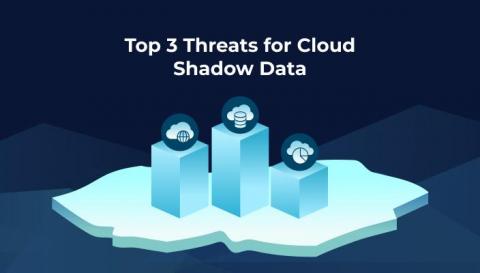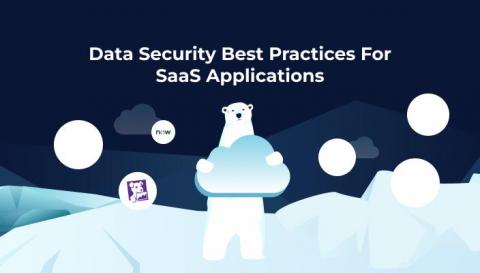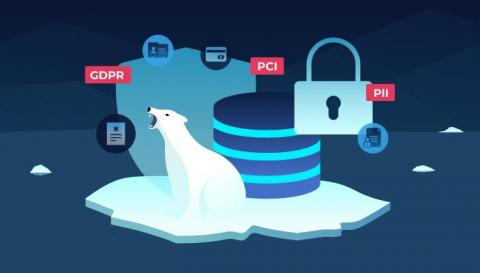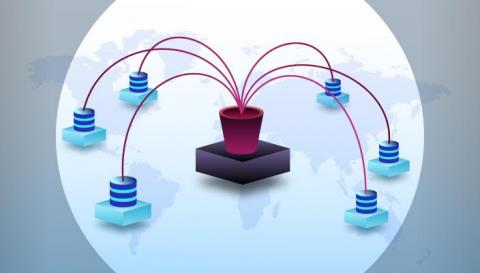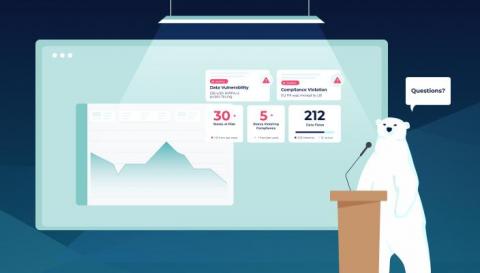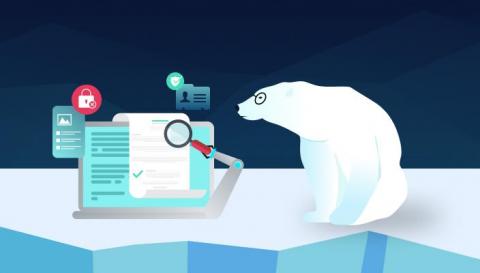Top 3 Largest Threats for Cloud Shadow Data
In the past decade, there has been a dramatic increase in the use of cloud services across companies. This increase has made it harder for security teams to fully understand where and what data exists when so many applications and third parties exist. According to Gartner forecasts, spending on the cloud is estimated to reach $500 billion in 2022 and $600 billion in 2023. This rapid growth is due in part to the advantages that the cloud offers, such as increased agility, flexibility, and scalability.


